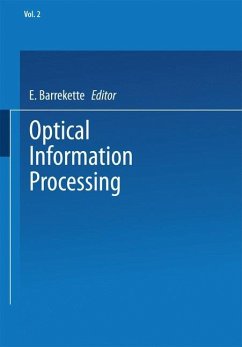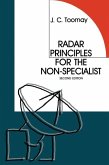This volume contains the complete set of papers presented at the First U. S. -U. S. S. R. Sciences Cooperation Seminar on "Optical Information Processing" held at the U. S. National Academy of Sciences in Washington, D. C. from 16 - 20 June 1975 under the sponsorship of the National Science Foundation in cooperation with the U. S. S. R. Academy of Sciences. The papers present the latest theoretical advances and ex perimental state of the art in the newly developing field of "opti cal information processing", with particular emphasis on appli cations to communication, information storage and processing. Digital as well as optical systems are discussed in terms of concepts and implementations. Included are coherent and inco herent optical processing systems (for images and signals), materials and devices for optical computing, acousto-optic signal processing, memories (optical, digital and holographic), optical logic and optically-accessed digital stores, non-linear optical processing, as well as an analysis of the information capacity of optical processing systems and a report on new ex tensions of information processing in synthetic aperture radar. Detailed configurations and new manufacturing techniques for several components are presented, including such topics as "asymmetric interference fringes in reflected light" and' kino form optical elements" of very high quality; these are phase plates having a carefully controlled thickness, somewhat com parable to the famous Schmidt plates and which could have an important role in many optical computer and communications systems.








